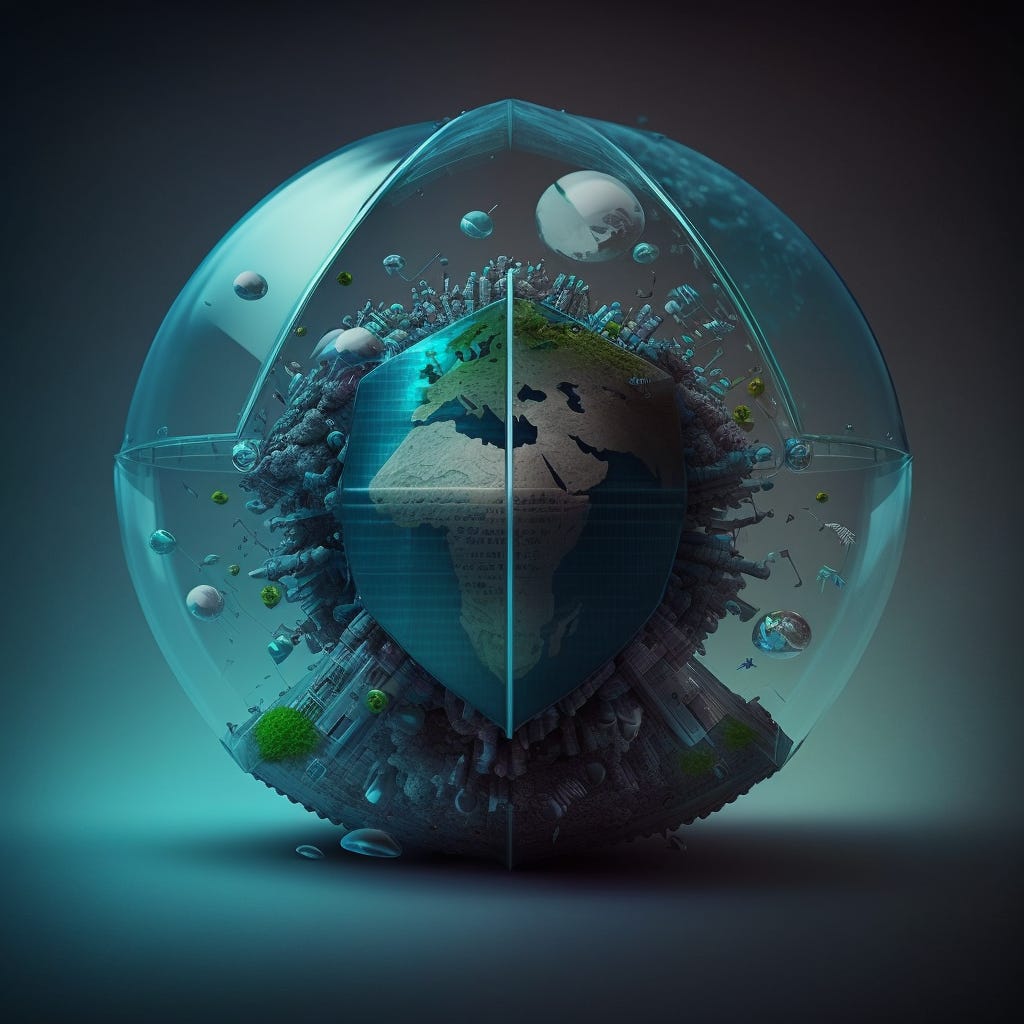Welcome to Decoding Bio, a writing collective focused on the latest scientific advancements, news, and people building at the intersection of tech x bio. If you’d like to connect or collaborate, please shoot us a note here or chat with us on Twitter: @ameekapadia @ketanyerneni @morgancheatham @pablolubroth @patricksmalone. Happy decoding!
Biological threats have the potential to decimate populations. SARS-CoV-2, with a relatively low Case Fatality Rate (CFR), killed millions of people, destabilized countries and cost the US alone more than $10 trillion. The pandemic highlighted the importance of biosecurity and biodefense measures in protecting public health and national security.
Here, we pose two open-ended questions:
What if SARS-CoV-2 had the same transmissibility and a much higher Case Fatality Rate?
What if it was purposefully manufactured to do as much damage as possible?
A future pandemic is a real possibility in our lifetimes. According to many estimates, biorisk is increasing, with the annual probability of extreme pandemics occurring projected to triple in the coming decades. While the concept of biorisk typically evokes images of naturally occurring diseases or pathogens, new advances in technology and the life sciences, from CRISPR gene editing to machine learning, have unlocked unprecedented biorisks spawned by human innovation. For instance, bad actors now have access to synthetic biology and artificial intelligence tools capable of producing bioweapons, benchtop DNA printers, LLMs that can help synthesize any chemical semi-automatically and other language models that can make pandemic-class agents available to anyone. In one study, generative algorithms historically applied to predict medically-relevant bioactivity based on the structure of chemical compounds were used to design 40,000 lethal molecules in a matter of 6 hours.
Countless other biological threats pose serious risks to public health and national security including biowarfare, bioterrorism, accidental releases, agricultural threats, and more.
This is why we decided to launch this Biosecurity and Biodefense Notion page: to impart our collective lessons as we learn about this increasingly pertinent area.
In this page you’ll find answers to:
Who are the companies working in biosecurity and biodefense? (sneak peak below)
What does the biodefence and biosecurity ‘tech stack' look like?
What is the go-to-market strategy for a biosecurity company?
How do we ensure global resilience to pandemics?
For anyone who is interested in the space message us to get involved.
Did we miss anything? Would you like to contribute to Decoding Bio by writing a guest post? Drop us a note here or chat with us on Twitter: @ameekapadia @ketanyerneni @morgancheatham @pablolubroth @patricksmalone










